Table of contents
There are different types of humidity that can affect the walls and ceilings of our home. One of the most common is the humidity produced by condensation.
Moisture from condensation occurs when water vapor in the air in our home turns into a liquid when it comes into contact with a cold surface.
That is, when water changes from vapor to liquid due to cooling.
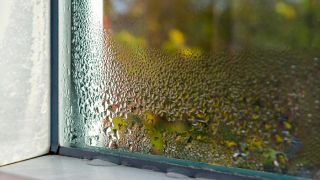 For example: if the temperature inside our house is higher than outside, this type of humidity is usually found on surfaces such as the walls and ceilings. windows The water droplets will form on the glass.
For example: if the temperature inside our house is higher than outside, this type of humidity is usually found on surfaces such as the walls and ceilings. windows The water droplets will form on the glass.
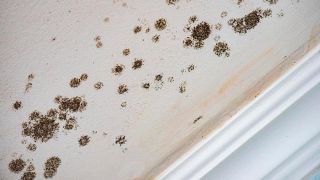 It is also very common for humidity to appear in ceilings and walls sometimes even with the presence of black mold stains on the paintwork. can generate a strong musty odor .
It is also very common for humidity to appear in ceilings and walls sometimes even with the presence of black mold stains on the paintwork. can generate a strong musty odor .
In the case of windows, this is a very common problem when the windows do not have thermal breaks .
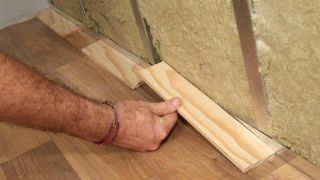 And in the case of walls If they are not properly insulated, this humidity is more likely to appear.
And in the case of walls If they are not properly insulated, this humidity is more likely to appear.
Why does moisture come out through condensation?
Generally, condensation moisture in a house usually appears as a result of failure to properly ventilate rooms .
 The reason is simple: these activities make the air inland have more humidity of what is due.
The reason is simple: these activities make the air inland have more humidity of what is due.
Then when it comes into contact with cold surfaces (windows, walls or ceilings), this moisture becomes drops of water .
What can be done to prevent moisture from condensation?
To avoid this type of humidity at home there are certain things we can do.
- Ventilation Daily airing of all rooms in the house, even if it is cold outside.
 It will suffice to 5-10 minutes ventilation and if possible have several windows open to achieve air currents.
It will suffice to 5-10 minutes ventilation and if possible have several windows open to achieve air currents.
In rooms where there are no windows, such as bathrooms, it is recommended to install exhaust fans.
- Drying clothes outdoors Avoid drying clothes indoors and do not place them on radiators.
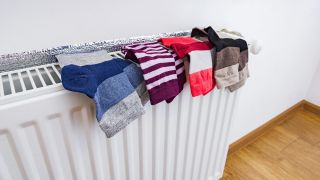 If we do so, we increase the ambient humidity and increase the condensation humidity problem.
If we do so, we increase the ambient humidity and increase the condensation humidity problem.
- Heating In homes with condensation humidity problems, butane stoves are not recommended, as they increase the humidity in the room and magnify the problem.
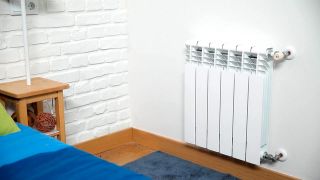 In these cases it is best to have thermal emitters , air conditioners or boiler and heating systems with radiators .
In these cases it is best to have thermal emitters , air conditioners or boiler and heating systems with radiators .
With this type of heating system, the opposite effect is produced: they help to dry out the environment.
In all cases, it is important not to set the heating too high in order to avoid temperature contrasts It should always be at room temperature.
- In kitchens and bathrooms It is important to cover pots and pans tightly when cooking and always turn on the extractor hood to prevent the air in the room from becoming humid.
 In bathrooms, ventilate well every time the shower is used and if there is no window, use bathroom extractors.
In bathrooms, ventilate well every time the shower is used and if there is no window, use bathroom extractors.
If, in spite of following these tips, condensation dampness still appears, it is likely that the reason for this is probably due to housing problems windows without thermal break or poorly insulated walls.
How to eliminate moisture due to condensation?
If we observe that we have stains on the wall produced by moisture due to condensation, we should try to eliminate them as soon as possible.
In the market we can find different specific products that will help us to eliminate mold and condensation, definitively ending the problem.
 From Bricomania we show you a simple step by step in which you can see how to remove moisture from condensation produced in a kitchen wall and apply damp-proof paint.
From Bricomania we show you a simple step by step in which you can see how to remove moisture from condensation produced in a kitchen wall and apply damp-proof paint.

